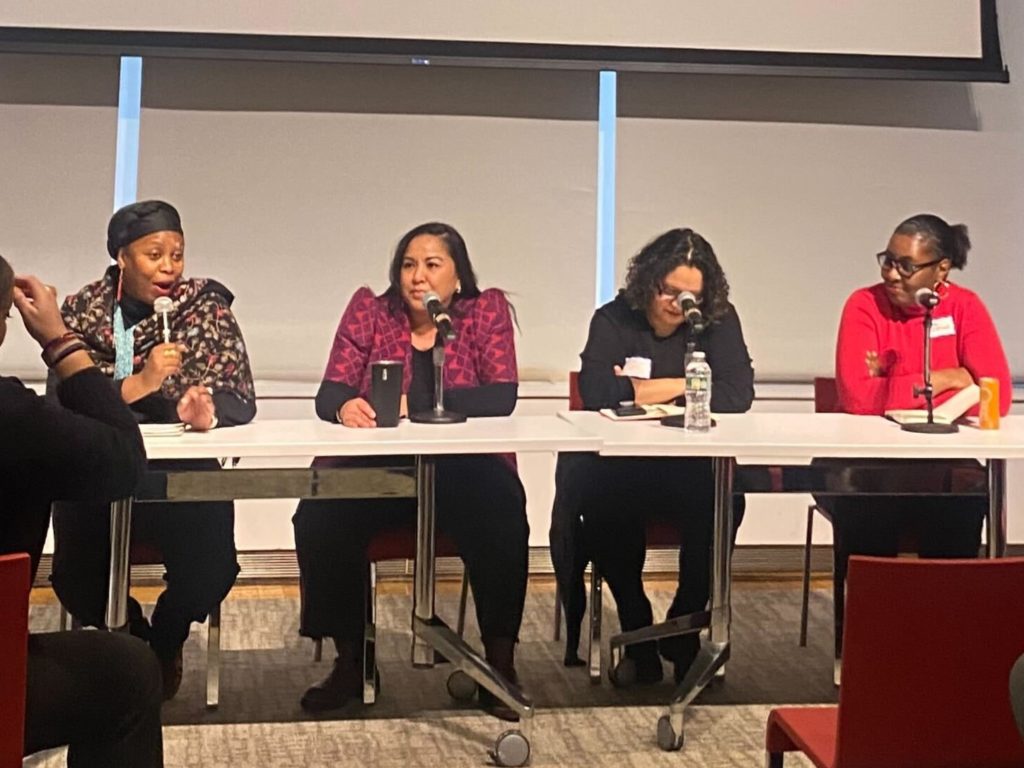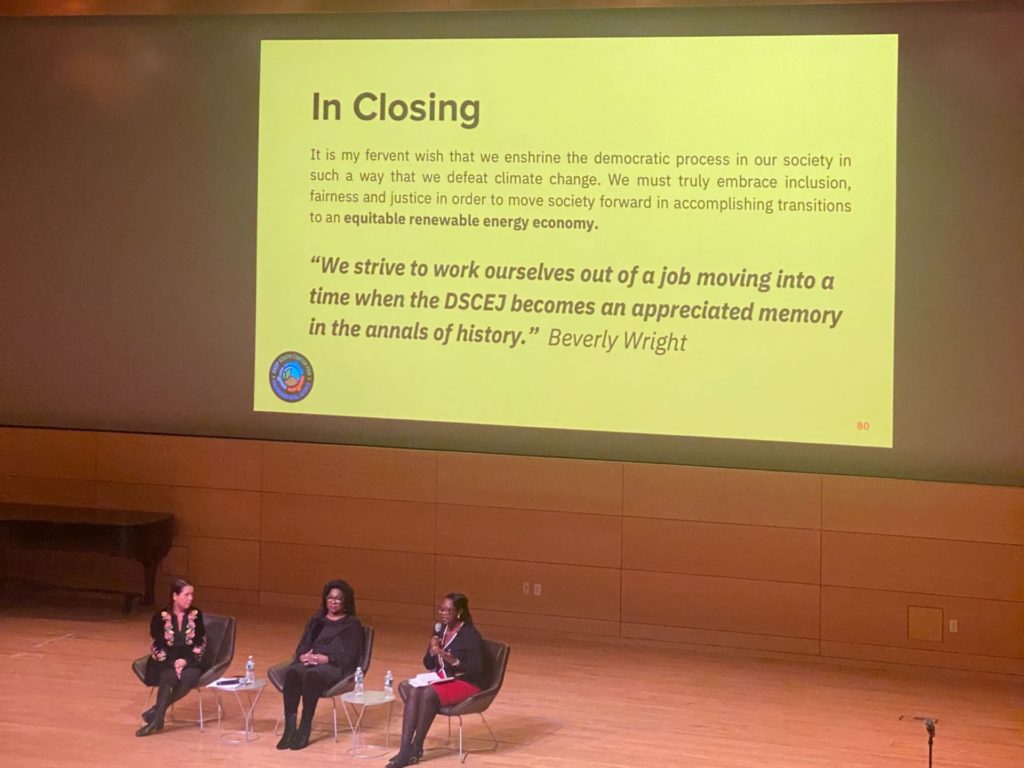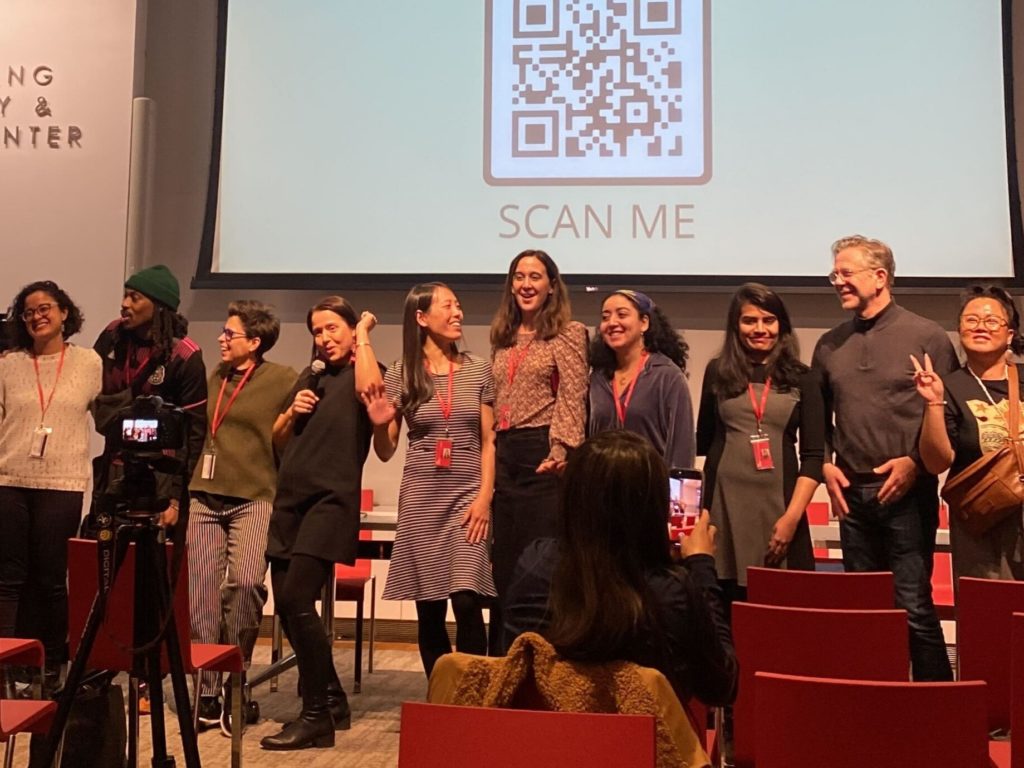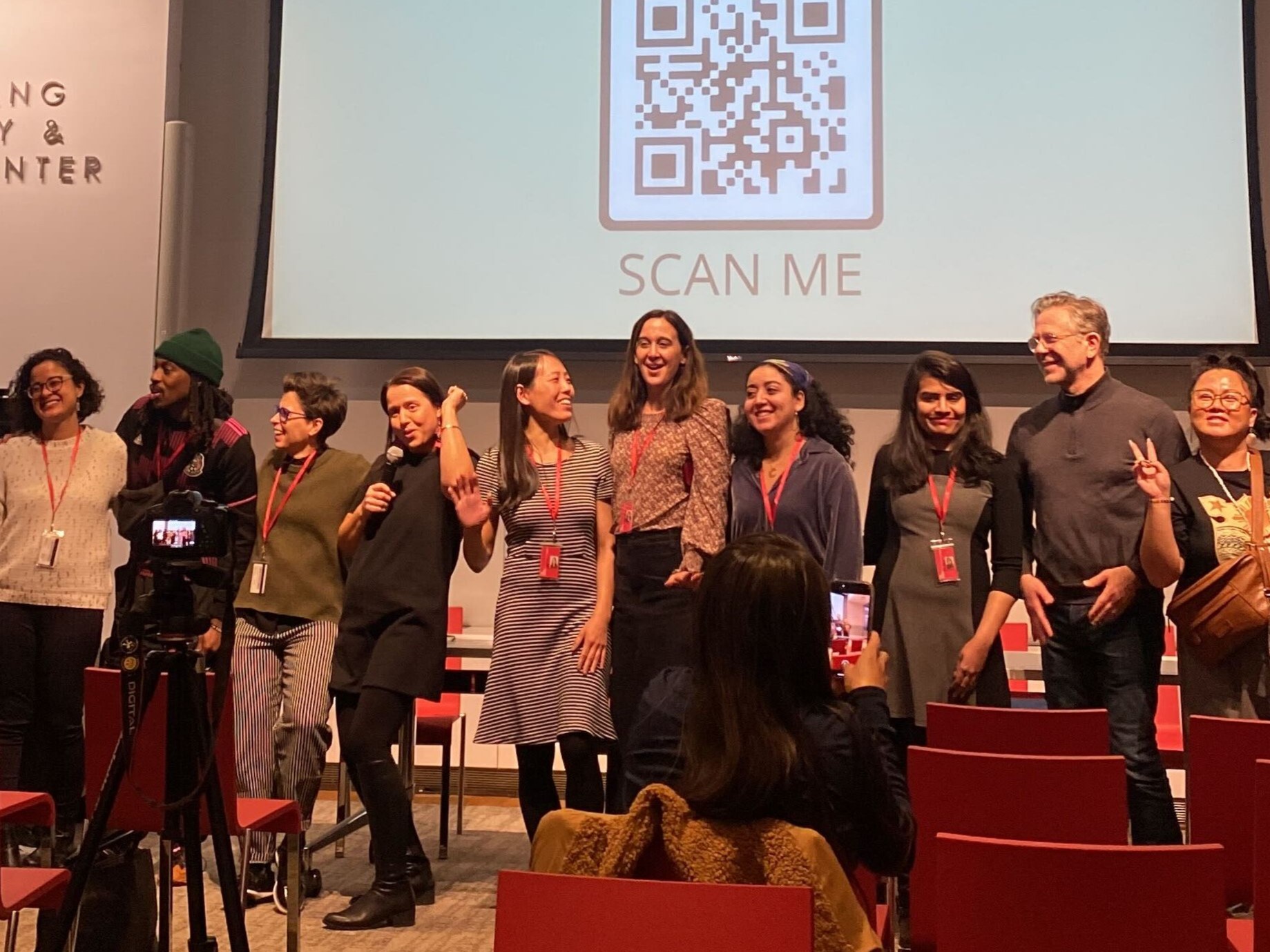Over the last couple of years we have seen environmental justice take on the federal stage with the Biden Administration’s executive order on the Justice 40 Initiative and climate investment made available through the Inflation Reduction Act (IRA) and Infrastructure Investment and Jobs Act (IIJA). As historic investments and opportunities are made available, there is a growing interest and investment of tax dollars for academic institutions, research centers, and different stakeholders to commit to climate and environmental justice but in many cases have fallen short with building relationships with communities. Whether it’s academia or a policy and research organization working at the intersection of climate justice and community work, it is key for partnerships to not only reflect and uphold environmental justice principles but also foster just and equitable cross-sectoral partnerships that center EJ leadership to build collective power with greater potential for movement-level impact. The Centering Justice Symposium aimed to meet this unique opportunity to catalyze needed transformation in support of environmental justice.
I had the opportunity to attend the Tishman Environment and Design Center at the New School University in New York City Centering Justice Symposium. With over 100 attendees from across the country, it included more than twenty-five environmental justice (EJ) organizations, over thirty academic institutions, and over a dozen representatives from philanthropy and the federal government. . Although it was mostly catered to an academic audience, a lot of the discussion and concerns address the climate justice demands for meaningful frontline solutions and partnerships. Below is an overview of the agenda, including speakers and organizations, and some key comments from EJ leaders that shed light on a takeway I heard..
The first day of the symposium began with a welcome reception and introductory remarks by Chief Vincent Mann from the Turtle Clan Chief of the Ramapough Lenape Nation, Rajasvini Bhansali the Executive Director of Solidaire Network, and Lisa Garcia, Region II Administrator, Environmental Protection Agency. They shared their long-standing work in the field working within community, public agencies, and philanthropy both locally in New York, New Jersey, and abroad.
“We have to look for the depth of inspiration all around us. Us doing cross-sectoral work feels like a new kind of movement” – Rajasvini Bhansali the Executive Director of Solidaire Network
It was followed by remarks from Dr. Ana Baptista, Co-Director of the Tishman Environment and Design Center and organizer of the symposium. Amid the chilly weather in New York City, day one was filled with warmth from both the host community and attendees who came together from around the country.
Day two included three panels, a plenary lunch, breakout groups, ending with a keynote address by Dr. Beverly Wright. It began with a panel that set the context for the symposium, titled “The Journey Toward Justice and What Needs Activism. This panel addressed the need for activists and organizers in the environmental justice field to have a space to think and ideate for the movement. An example of a model that provides the space to do so is the Environmental Justice Disrupt Design Fellowship. The fellowship is a 2-year experience for leaders in the environmental justice movement to support and grow the capacity of movement leaders to design innovative and disruptive strategies that advance a transformative climate justice agenda. A handful of the fellows were present at the symposium and panels.
“They [EJ Fellowship] gave us money to prototype, dream, and figure out what that might look like, those are unique opportunities and that is how you should be thinking about structuring partners because it acknowledges all the parts of me, that there is a personal cost to this work and there is a professional cost to my organization.” – Maria Lopez-Nunez, Ironbound Community Corporation
Following the panel was a presentation titled, “Mutuality, Movements, and Momentum: The Role of Research Centers” by Dr. Manuel Pastor, a professor, and Director of the Equity Research Institute at the University of Southern California (USC). Dr. Pastor discussed the role of research

As a distinguished professor and researcher on issues of the economic, environmental, and social conditions facing low-income urban communities – and the social movements seeking to change those realities, he shared what he believed to be key elements to an authentic partnership with communities. Including but not limited to the following points
- Communities are interested in deep and not just immediate questions
- Power-sharing is critical, particularly given the legacy of hurt
- Humility is in order but also be clear about what you can add
- Authentically appreciate the intellect and insight that resides in the community
- Narrative and storytelling is a powerful tool
This presentation was then followed by a panel discussion titled, “Meaningful Partnerships: Needs, Hurdles, and Best Practices.” Panelists included the following executive directors; Dwaign Tyndal from Alternatives for Community & Environment, Dr. Martha Matsuoka from the Urban & Environmental Policy Institute at Occidental College, and Eddie Bautista from the New York City Environmental Justice Alliance. They each shared past experiences and models that can support partnerships with EJ communities. Key takeaways included:
- Having a clear overhead cost when partnering with the community and for it to be equally split.
- Addressing intellectual property when publishing with partners
- Having MOUs and project contracts
- Have time, funding, and patience.
“As a community, we must tell these institutions we are here to stay…We did a study on community impact and didn’t go through the institution. We raised our own money to get the work done. Now, if the university wants to play, they need to play right.” – Dwaign Tyndal from Alternatives for Community & Environment
Most recently, Dr. Martha Matsuoka published a book earlier this year titled, Ground Truths Community-Engaged Research for Environmental Justice. It shows how community-engaged research makes unique contributions to low-income communities by centering local knowledge, building truth from the ground up, producing actionable data that can influence decisions, and transforming researchers’ relationships with communities for equity and mutual benefit. It is free and accessible to anyone online.
The last panel of the day titled, “Critical and Emerging Environmental and Climate Justice Issues Ripe for Disruption” focused on concerns from advocates and organizers. Panelists included Darryl Molina Sarmiento, Executive Director of Communities for a Better Environment, Kimberly Wasserman, Executive Director of Little Village Environmental Justice Organization, and Dana Johnson, Senior Director of Strategy and Federal Policy at WeAct for Environmental Justice. Key concerns and takeaways discussed by panelists include
- “False solutions” are getting pushed onto EJ communities at a fast pace
- Larger institutions/centers and organizations are co-opting EJ principals, branding themselves as “EJ technical experts” and receiving more funding than most long-standing CBOs/EJ organizations that have been around for decades.
- There is interest in wanting to replicate successful EJ campaigns/policies without understanding that you can’t replicate the people who made it possible, the partnerships, and the relationships.
- There is a need to create more sustainable funding for long-standing CJ/EJ organizations, which amid decades of existence still face challenges with funding.
“We are facing massive bio-fuel conversions of our oil refineries. We have hydrogen, bio-fuels, carbon-capture, and oil drilling, it is really intense. We are in a new phase, we need academic partnership and we need the leadership of EJ leadership to continue to shine and to drive these narratives because these new technologies are increasing flaring on communities on the ground.” -Darryl Molina Sarmiento, Executive Director of Communities for a Better Environment

The evening concluded with a special keynote address by Dr. Beverly L. Wright. Dr. Wright is an environmental justice scholar, advocate, author, civic leader, professor of sociology, and the founder and executive director of the Deep South Center for Environmental Justice (DSCEJ), the first-ever environmental justice center in the United States. Under her guidance, DSCEJ has addressed environmental and health inequities along the Mississippi River and coastal regions of Louisiana for over three decades while providing education, health and safety training, and job placement for residents in communities impacted by climate change. The keynote was then followed by a conversation with Dr. Jalonne L. White-Newsome. Dr White-Newsome joined the Biden-Harris Administration in June 2022 as the Senior Director for Environmental Justice at the White House Council on Environmental Quality. Under her leadership, the Environmental Justice Team is working to deliver benefits to communities that need them most. You can watch the video recording of the keynote here.

moderated by Dr. Baptista
The third and final day included a recap and review with the organizers of the event, in addition to two panels, and a town hall. The first panel focused on funding and included panelists from foundations and state agencies. One of the talking points discussed explored how philanthropy can potentially support organizations accessing federal grants. As well as conversations around accountability for state agencies regarding their funding process and concern from anchor EJ organizations about not receiving funding for many of the EPA EJ grants, in comparison to other institutions. The second panel and the town hall provided closing insights into what it means to endure partnership, operationalize, socialize, and synthesize opportunities and best practices.
The biggest value I took away from the symposium was being able to hear and understand the current climate needs and concerns directly from EJ organizations. From philanthropy to state agencies, research centers, and EJ organizations, it was a great experience to be in the same room with different stakeholders to advance just partnerships.
The full details of the agenda for the symposium can be found here. For more information and resources, you can visit the Tishman Center’s Resource Kit and Materials for Equitable Partnership for a curated list and collection of insightful resources and tools. These resources were collected in preparation for the symposium, you can also add to this guide by contacting the Center directly. Thank you to Dr. Ana Baptista and her team at the Tishman Environment and Design Center for the warm welcome.

About Tishman Center: The Tishman Center is a collaborative community of practice that leverages research, policy, and design in accordance with the Jemez Principles for Democratic Organizing. They bring together research and action to tackle the root causes of climate and environmental injustice and commit to change in higher education practices within and beyond The New School.
